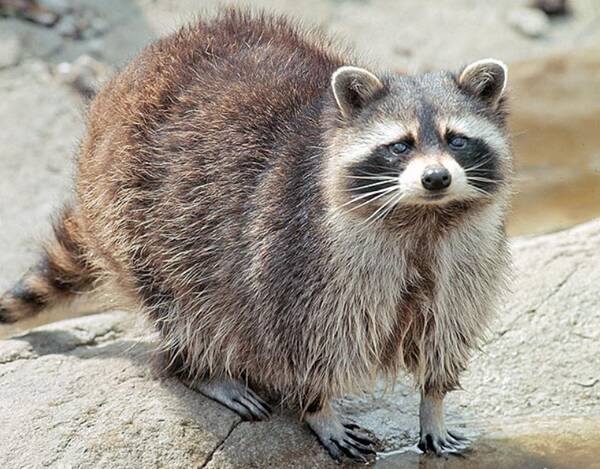
Raccoon, Procyon lotor (Linnaeus 1758), is a species of animal in the genus Procyon, family Procyonidae, order Carnivora, class Mammalia, native to North America, and now a species of least concern. Because it often preys on fish by the river and washes its food in the water, it is named raccoon.Rac...
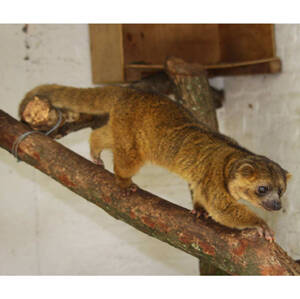
Bassaricyon gabbii is the first dog raccoon discovered.Bassaricyon gabbii feeds on a variety of fruits, vegetables, fish, frogs, mice, birds and insects. They curl up in their dens during the day and come out to look for food at night. They like to hunt fish, shrimps and insects near the water in st...
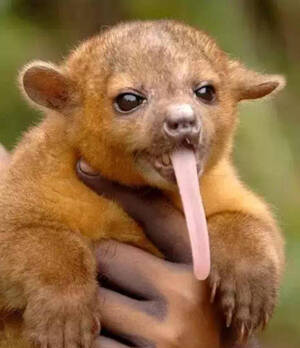
Kinkajou (Latin name: Potos flavus, English name: Kinkajou) is a species of raccoon that lives in the rainforest. It is the only species in the genus Kinkajou and has 7 subspecies.Honey bears are nocturnal, arboreal animals that are most active from 7pm to midnight and an hour before dawn. They slee...
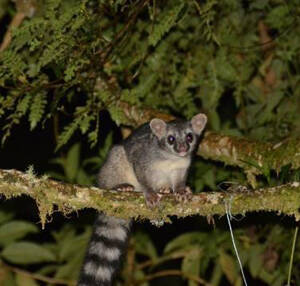
The Cacomistle (scientific name: Bassariscus sumichrasti) is similar in appearance to the Cacomistle, which is often confused with the Cacomistle. The main difference between the two is that the Cacomistle's claws cannot be retracted, the color of the tail gradually fades, and the ear outline is...
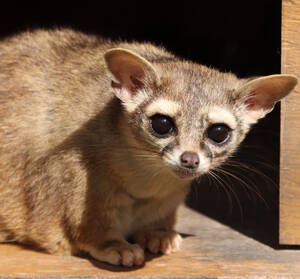
The Ring-tailed cat (scientific name: Bassariscus astutus) is also known as the Ring-tailed cat because of the 14 to 16 black and white rings on its tail. It is particularly good at catching mice, so it is loved by humans and many people keep it as a pet.Raccoons are usually active late at night and...
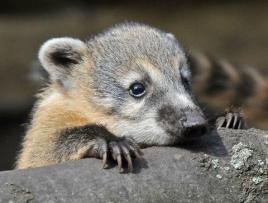
The coati (scientific name: Nasuella olivacea) is also known as Mountain Coati and Western Mountain Coati in foreign languages. It has three subspecies.The coati's main food is soil invertebrate adults and larvae, especially beetles, grasshoppers, locusts, centipedes, millipedes, and ants. Frogs...
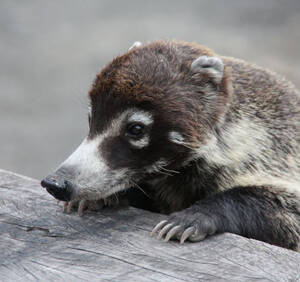
White-nosed coati (scientific name: Nasua narica) has four subspecies.White-nosed coatis are diurnal, usually roosting in treetops at night and descending from trees to forage at dawn; adult males occasionally move at night. When looking for food, they first use their flexible long noses to sniff, t...
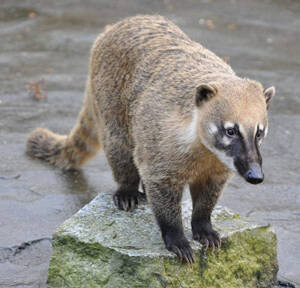
The coatimundi, also known as coatimundi or coatimondi, is active during the day, in groups of 5-6 or even 40. The tail is slender with a dark ring, and it is erected when moving. It is good at climbing trees and forages for fruits, seeds, eggs and various small animals on trees and on the ground.Th...
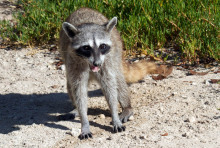
Cozumel Raccoon (scientific name: Procyon pygmaeus) is also known as Cozumel Raccoon and Pygmy Raccoon. It is a Procyonidae, Procyon genus animal, with no subspecies.Cozumel Raccoons are mostly nocturnal, although they can sometimes be seen during the day. They build dens as shelter, but unlike most...
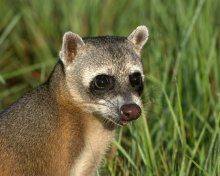
Crab-eating raccoon (scientific name: Procyon cancrivorus) is also known as Crab-eating Raccoon. It is a Procyonidae, Procyon genus animal with 4 subspecies.Crab-eating raccoon is smaller than the North American raccoon (Procyon lotor), which helps to distinguish the two species. Males of the North...
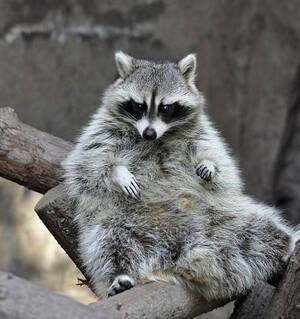
The North American raccoon (scientific name: Procyon lotor) is called Northern Raccoon in foreign language. It is a medium-sized carnivorous animal with 23 subspecies.The North American raccoon is active at night and rarely active during the day. During extremely cold and snowy times, raccoons have...
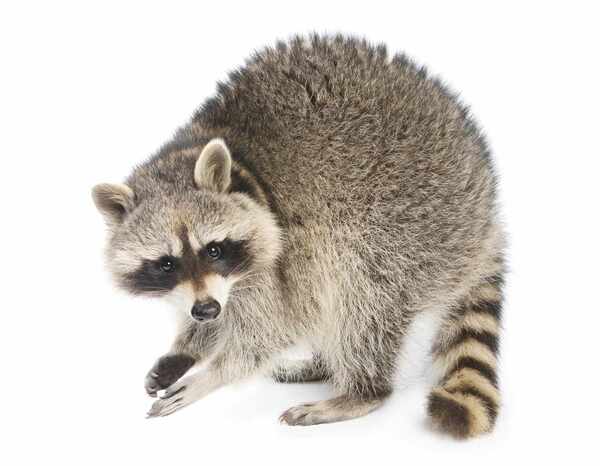
Raccoons (Procyon lotor) are one of the most adaptable and resourceful mammals, known for their distinctive black mask-like facial markings and their intelligence. As omnivores, what raccoons eat can vary greatly depending on their environment, season, and the availability of food. In this article,...